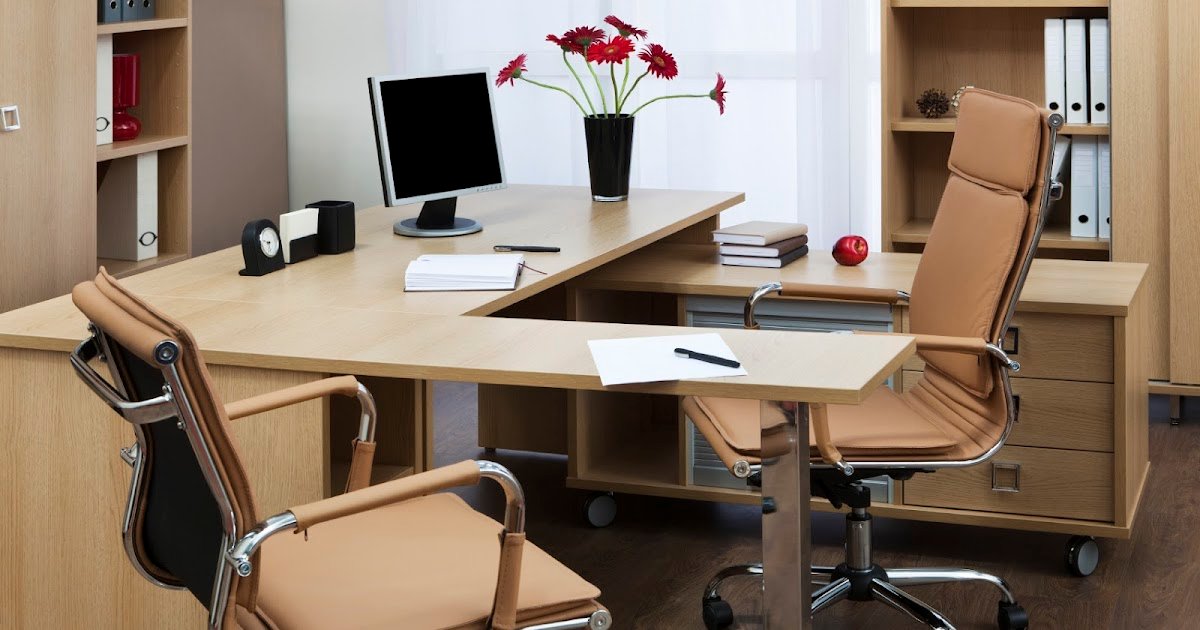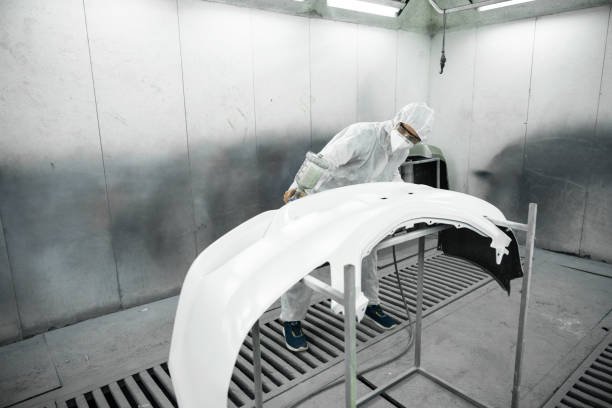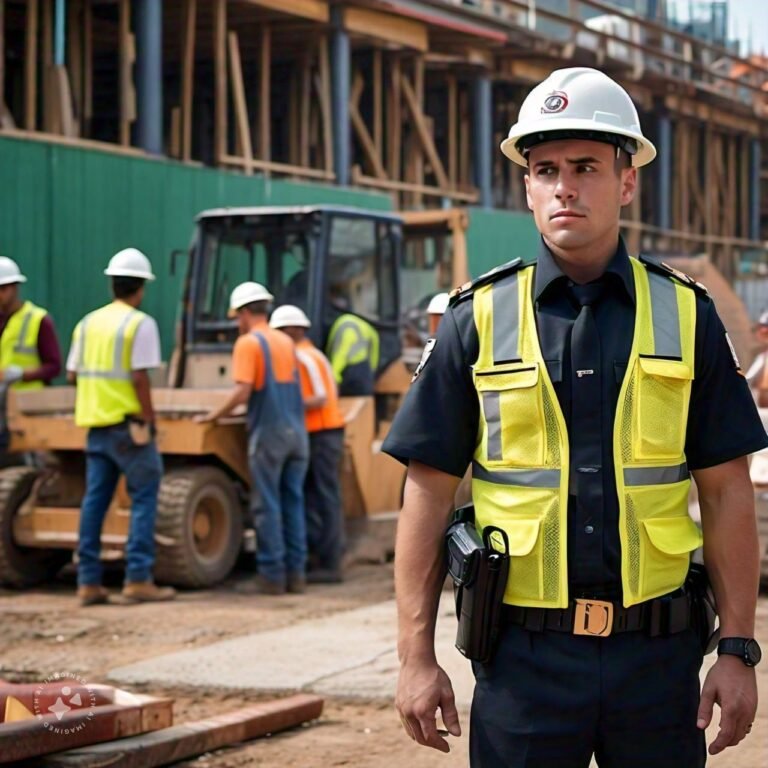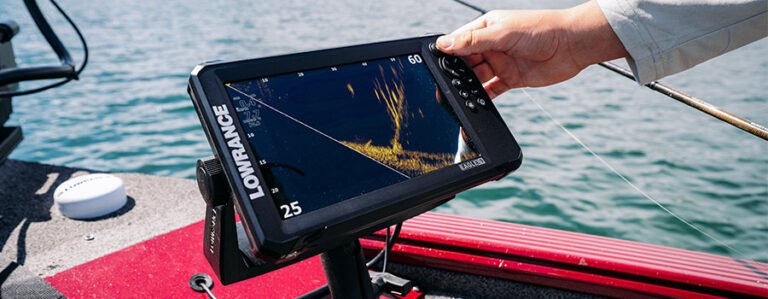The Ultimate Guide to Office Tables: Styles, Sizes, and Materials
Introduction:
Choosing an office table involves more than picking the first design that catches your eye. With a wide variety of styles, sizes, and materials available, it’s essential to find a table that meets your needs and complements your workspace. This guide will walk you through everything you need to know about selecting the perfect office table.
Office Table Styles:
- Traditional Office Tables: Often made of rich, solid wood with intricate details, traditional tables exude professionalism and timeless style. They are ideal for executive offices or spaces that aim for a classic look.
- Modern Office Tables: Featuring clean lines, minimalist designs, and materials like metal and glass, modern tables are perfect for contemporary workspaces. They prioritize functionality and simplicity, fitting well in urban and creative environments.
- Industrial Office Tables: Combining wood and metal, industrial tables bring a rugged, stylish appeal to any office. They are durable and often feature raw, unfinished looks that suit creative or loft-style workspaces.
- Transitional Office Tables: Blending elements of both traditional and modern styles, transitional tables offer flexibility and versatility. They work well in most settings, providing a balanced aesthetic.
- Traditional Office Tables: Often made of rich, solid wood with intricate details, traditional tables exude professionalism and timeless style. They are ideal for executive offices or spaces that aim for a classic look.
- Modern Office Tables: Featuring clean lines, minimalist designs, and materials like metal and glass, modern tables are perfect for contemporary workspaces. They prioritize functionality and simplicity, fitting well in urban and creative environments.
- Industrial Office Tables: Combining wood and metal, industrial tables bring a rugged, stylish appeal to any office. They are durable and often feature raw, unfinished looks that suit creative or loft-style workspaces.
- Transitional Office Tables: Blending elements of both traditional and modern styles, transitional tables offer flexibility and versatility. They work well in most settings, providing a balanced aesthetic.
- Traditional Office Tables: Often made of rich, solid wood with intricate details, traditional tables exude professionalism and timeless style. They are ideal for executive offices or spaces that aim for a classic look.
- Modern Office Tables: Featuring clean lines, minimalist designs, and materials like metal and glass, modern tables are perfect for contemporary workspaces. They prioritize functionality and simplicity, fitting well in urban and creative environments.
- Industrial Office Tables: Combining wood and metal, industrial tables bring a rugged, stylish appeal to any office. They are durable and often feature raw, unfinished looks that suit creative or loft-style workspaces.
- Transitional Office Tables: Blending elements of both traditional and modern styles, transitional tables offer flexibility and versatility. They work well in most settings, providing a balanced aesthetic.
- Traditional Office Tables: Often made of rich, solid wood with intricate details, traditional tables exude professionalism and timeless style. They are ideal for executive offices or spaces that aim for a classic look.
- Modern Office Tables: Featuring clean lines, minimalist designs, and materials like metal and glass, modern tables are perfect for contemporary workspaces. They prioritize functionality and simplicity, fitting well in urban and creative environments.
- Industrial Office Tables: Combining wood and metal, industrial tables bring a rugged, stylish appeal to any office. They are durable and often feature raw, unfinished looks that suit creative or loft-style workspaces.
- Transitional Office Tables: Blending elements of both traditional and modern styles, transitional tables offer flexibility and versatility. They work well in most settings, providing a balanced aesthetic.
Office Table Sizes:
- Small Office Tables: Ideal for home offices or tight spaces, small tables typically measure around 48-60 inches in width. They provide enough room for basic work needs without overwhelming the space.
- Standard Office Tables: These tables measure between 60-72 inches in width and are suitable for most work environments. They offer ample space for computers, paperwork, and additional office supplies.
- Large Office Tables: Measuring over 72 inches, large tables are great for executive offices or collaborative spaces where multiple people might work simultaneously.
Office Table Materials:
- Wood: Wood offers a warm, classic look that suits many office styles. Solid wood tables are durable and long-lasting, but they can be heavy and require maintenance.
- Metal: Metal tables are modern, sturdy, and often lighter than wood. They are ideal for minimalist or industrial-themed offices and require little maintenance.
- Glass: Glass tables provide a sleek, contemporary appearance and can make smaller rooms feel larger. However, they can be prone to smudges and require regular cleaning.
- Laminate: Laminate tables are budget-friendly and come in a wide range of finishes. They are easy to clean and maintain, making them a practical choice for busy workspaces.
Conclusion:
Selecting the perfect office table involves understanding your needs, style preferences, and space constraints. By considering the various styles, sizes, and materials available, you can find a table that not only looks great but also enhances your work environment. Explore your options, and invest in an office table that will serve you well for years to come.






